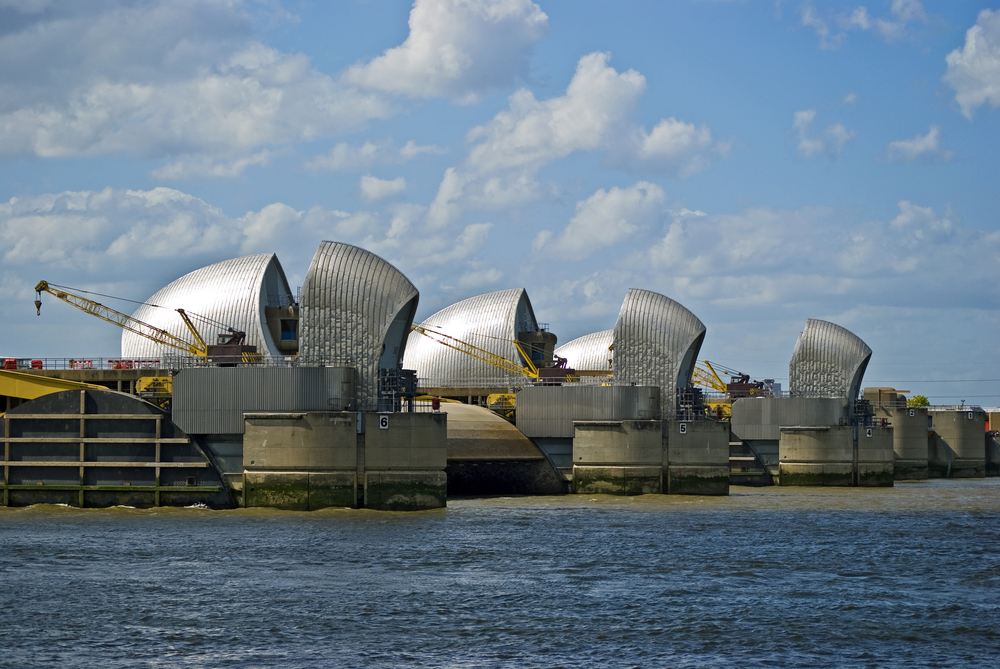Buying a ‘Stairway to Heaven’ – or another ‘Tragedy’?
I’ve never been a fan of the idea of environmental “offsetting”. The concept is most frequently applied to greenhouse gas emissions – with which NEBOSH Environmental Certificate students who have studied Element 1 will be familiar – where an organisation (or individual) seeks to compensate for the carbon emissions they cause (usually through using energy) by paying for improvements elsewhere. Carbon offsetting has become institutionalised through regulated schemes such as the EU Emissions Trading Scheme, and there is also a host of commercial ‘carbon offsets’ that are available for purchase from specialist companies. Carbon offsets are usually sold as tonnes of carbon-dioxide equivalent – the money being used to fund carbon reduction schemes, such as renewable energy projects, often in developing countries.
George Monbiot, the economist and writer, nailed the key objections to carbon offsetting in an article published in the Guardian newspaper way back in 2006 (Selling Indulgences). The main problem with the carbon-offset approach is that it simply avoids the problem – preventing runaway climate change requires us all to significantly cut our carbon emissions now; funding future renewable energy projects in developing countries isn’t going to make the problem go away. There is also no guarantee that the improvement projects funded by offsets will deliver any actual reductions in the level of greenhouse gases in the atmosphere.
Some organisations claim they have become ‘carbon neutral’ as a result of offsetting – I myself have always found such claims preposterous. While I can see that a considerable amount of money may have changed hands, I doubt if the planet feels any better as a result. Monbiot eloquently likens this to the medieval practice of purchasing “indulgences” from the church in lieu of sins committed.
I’m much more impressed by organisations that take responsibility for their carbon emissions (and other environmental impacts) and roll up their sleeves and get on with the hard slog of bringing about real improvements in their own performance.
But what’s got me exercised this year – and I confess I feel a rant coming on! – is the idea that “biodiversity offsetting” could play a significant role in future planning decisions in this country.
The idea behind biodiversity offsetting is essentially the same as for carbon offsetting: you do something bad to the environment – for example, damage a sensitive wildlife habitat in the course of a construction project – and that’s OK, so long as you fund some environmental initiative that allegedly benefits wildlife in another location. The Environment Secretary Owen Paterson is quoted in the Times, for example, suggesting that developers could be allowed to destroy ancient woodland if they agree to plant 100 trees elsewhere for each one felled (see here).
The proposals for biodiversity offsetting stem from a frustration, apparently shared by developers and the government, with the length of time it takes under the present planning process to deal with environmental objections to proposed developments.
Well, I can sympathise with these frustrations, but the reality is that there are 60 million of us crammed into a small island with a finite and dwindling stock of natural assets. Whether these assets are in private or public ownership, in a very real sense they belong to us all – a form of Common Land – and the least we can expect is that decisions about development of sensitive natural habitats are subject to vigorous public scrutiny. If this means that planning decisions take a long time – tough!
And don’t tell me that planning delays are a hindrance to the growth of the economy – the establishment conspired to steal much of the Common Land of England by enclosure during the 18th and 19th centuries in the name of “agricultural improvement” – and look at what we all lost then.

Richard Dalley
Richard has more than 20 years experience of managing environmental and social issues in a business context.
